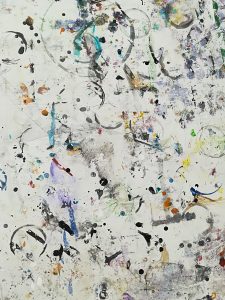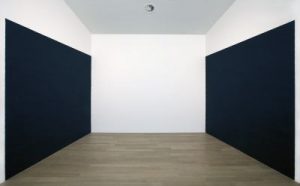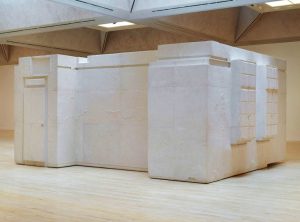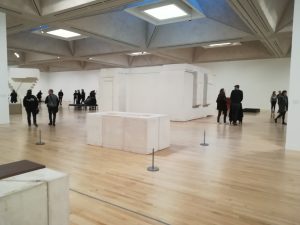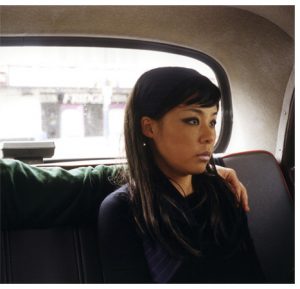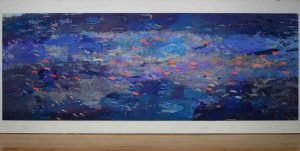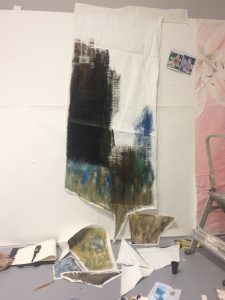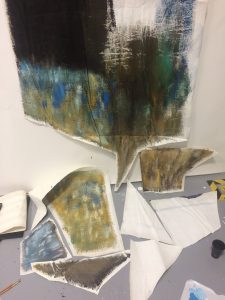Observational, exploratory, scientific, biological, psychological, organic, minimal, negative space, rethink.
My work often reflects my biological background and my personal interest in psychological conditions and the public understanding of them both. I find I conduct my artistic practice in a somewhat scientific method of observation, hypothesis, experiment. It is important to me to explore the potential of art to rethink both its own position and the perceived ideas of science through observations, experiments and turning things back to front to look at them differently, in a similar way to why negative space interests me. I tend to work with very minimal outcomes, I think because it allows to ideas in the art to come across clearly and carry more impact in a stark kind of way. The organic interests me in both science and art. Line and form with organic qualities I find fascinating. The photograph of the remnants of art works on the painting studio tables reflects this interest in the organic and also in how we think about art. The debris of these pieces are just as much art as the pieces themselves, possibly more so given the maker was not concentrating on these marks but those of the intended piece.

